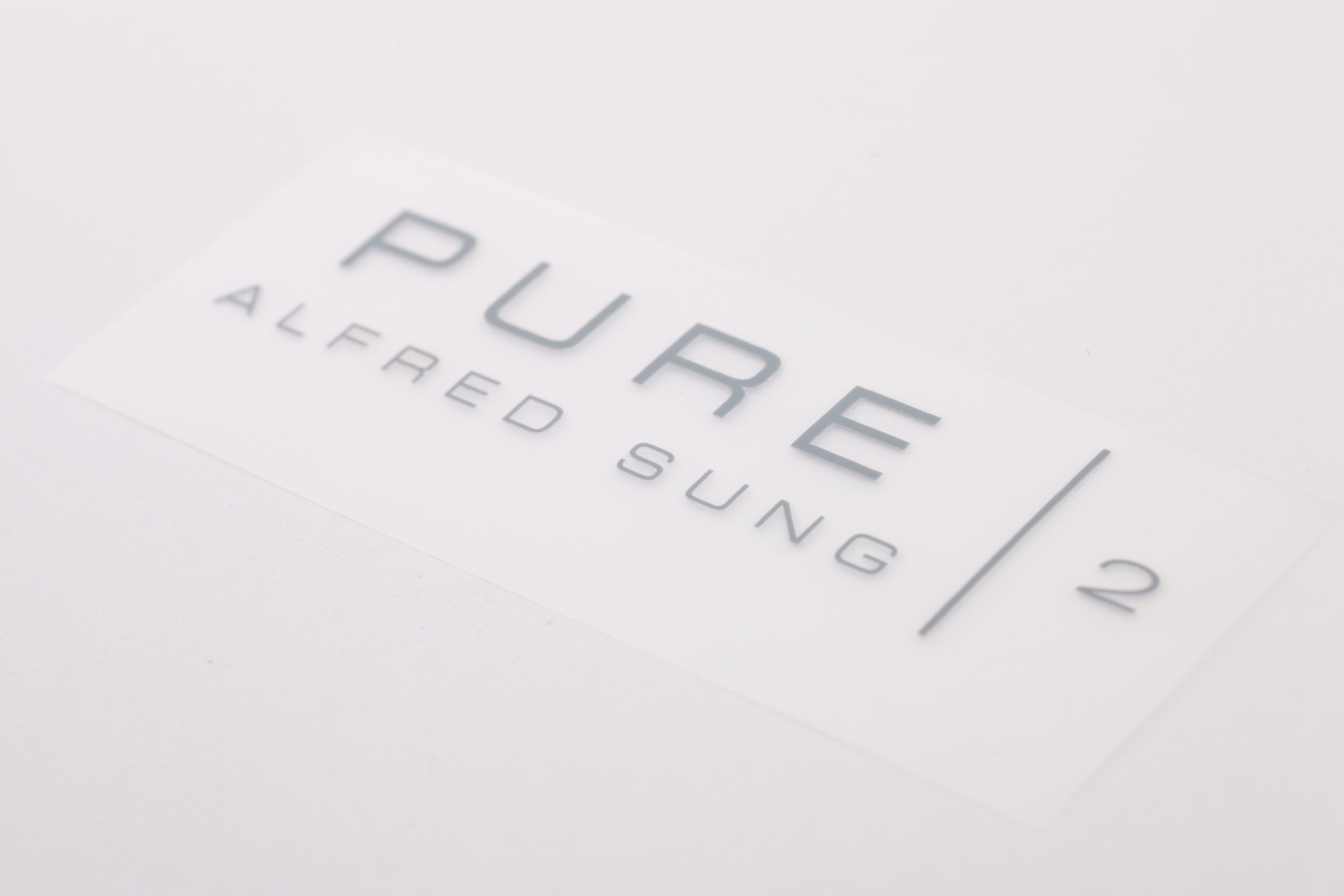HEAT TRANSFER LABELS
HEAT TRANSFER LABELS
Tagless heat transfer labels are an innovative and popular choice for garment labeling, offering a sleek, comfortable, and durable alternative to traditional sewn-in labels. These labels are applied directly to the fabric, eliminating the need for physical tags that can irritate the skin. At Jointak, we provide high-quality heat transfer labels that ensure your brand’s identity and care instructions are clearly displayed without compromising comfort.
What are Tagless Heat Transfer Labels?
Tagless heat transfer labels use heat and pressure to transfer the label’s design, branding, or care instructions directly onto the fabric of the garment. This process creates a smooth, tag-free finish that sits flat against the fabric, making it ideal for garments where comfort is a priority, such as activewear, underwear, baby clothing, and t-shirts.
Benefits of Tagless Heat Transfer Labels
- Comfort: One of the main advantages of tagless labels is their skin-friendly design. Unlike sewn-in labels that can rub or cause irritation, heat transfer labels lie flat on the fabric and are barely noticeable, making them ideal for garments that are worn close to the skin.
- Durability: Heat transfer labels are made to last, even through multiple washes and wear. These labels are highly resistant to fading, peeling, or cracking, ensuring that your branding and care information remain visible and intact over time.
- Seamless Appearance: Since heat transfer labels are applied directly onto the fabric, they offer a clean, seamless look that enhances the aesthetic of your garments. This makes them perfect for minimalistic designs and modern clothing lines that focus on sleek, tag-free garments.
- Versatility: Heat transfer labels are versatile and can be used on a variety of fabrics, including cotton, polyester, spandex, and blends. Whether you’re producing activewear, casual wear, or intimates, tagless labels can be tailored to suit your specific material and design needs.
Eco-Friendly Heat Transfer Labels
At Jointak, we are committed to offering sustainable labelling solutions. Our tagless heat transfer labels can be created using eco-friendly inks and materials, ensuring that your labels are not only comfortable and durable but also environmentally responsible.
By using water-based inks for your heat transfer labels, you reduce the use of harmful chemicals, supporting a more sustainable and eco-conscious production process. These inks provide a vibrant, long-lasting print that maintains its quality throughout the garment’s lifecycle.
Why Choose Tagless Heat Transfer Labels?
- Comfort and Style: Tagless labels enhance wearer comfort and give your garments a sleek, modern look without the bulk of traditional labels.
- Durability: Heat transfer labels are built to withstand regular washing, ensuring that your branding and care instructions remain visible for the life of the garment.
- Customisation: Tagless labels can be fully customised with your brand’s logo, sizing, care instructions, and even special designs, giving you complete creative freedom.
- Sustainability: With the option to use eco-friendly inks and materials, tagless labels are a sustainable choice for brands looking to reduce their environmental footprint.
Tagless heat transfer labels offer a perfect combination of comfort, durability, and style for garment labeling. Whether you’re looking to provide a seamless finish or cater to sensitive skin, these labels provide an ideal solution. At Jointak, we specialise in creating high-quality, customisable heat transfer labels that enhance your brand’s identity while ensuring long-lasting performance.
For more information on our tagless heat transfer labels and eco-friendly labeling options, contact us today! Let us help you create the perfect label solution for your garment line.
















